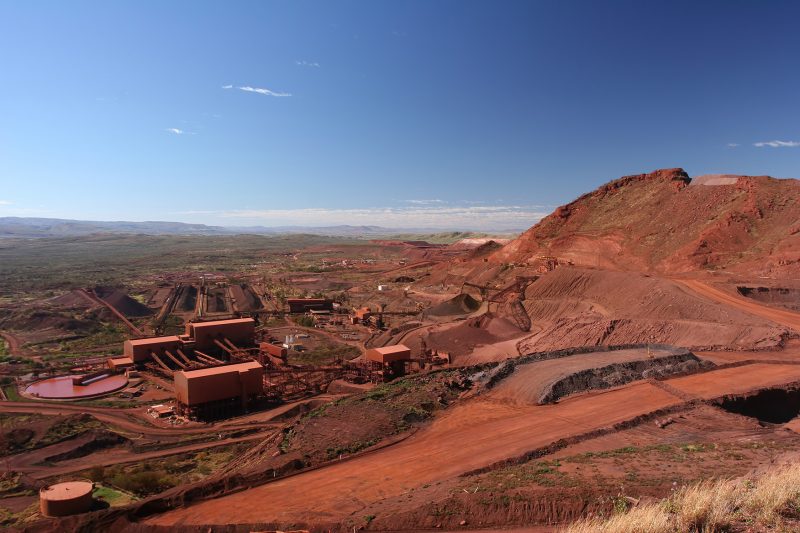
Introduction to Fastmarkets’ New 61% Iron Ore Index
Fastmarkets launched a 61% iron ore fines index to track mid-grade iron ore pricing in the CFR Qingdao market. This move responds to changes in steel production practices in China. Traders and end-users have adjusted their pricing expectations, while the new index provides clearer insights into mid-grade iron ore pricing trends.
China’s Impact on Iron Ore Pricing and Market Shifts
China drives global iron ore pricing trends. As a major consumer, China’s steel mills adapt to market changes. They now use higher levels of silica and alumina in blast furnaces to cut costs. This shift changes how penalties for ore contaminants are applied. These adjustments impact the pricing structure across the global market.
Meanwhile, Australia and Brazil are expected to maintain or slightly increase the supply of 61% Fe mid-grade iron ore. Both countries remain key suppliers, despite global economic uncertainty, reduced steel margins, and weakened demand. These factors contribute to ongoing volatility in iron ore pricing.
China’s Move Toward Domestic Self-Sufficiency
China is focusing on domestic iron ore production to reduce reliance on imports. Chinese steelmakers are vertically integrated, supported by state-linked trading arms. The government aims to increase domestic production to 370 million tonnes by 2025. These efforts will reshape global iron ore supply chains.
However, challenges persist. The Simandou project in Africa, backed by Chinese firms, aims to provide high-grade iron ore by 2025. Yet, its production ramp-up remains uncertain, adding complexity to China’s supply landscape.
Steelmakers’ Shift Towards Cost-Effective Raw Material Blends
With steel margins tight due to weak demand, particularly in China’s real estate sector, steelmakers are turning to cost-effective raw materials. Mid- and low-grade iron ore are gaining popularity as mills focus on reducing production costs. Fastmarkets’ 61% Fe iron ore fines index aligns with this shift towards more affordable materials.
Steelmakers in China are blending mid-grade iron ore with higher silica and alumina levels to cut costs. This flexibility is key for mills in a competitive, cost-sensitive market.
Anticipated Pricing Changes and Future Trends in the Iron Ore Market
Iron ore pricing mechanisms are evolving as the industry adapts to new trends. The Fastmarkets 61% Fe iron ore fines index will be a critical tool in this process. In the short term, many mid-grade iron ores may be traded at fixed prices. This could lead to dynamic price differentials, reflecting the quality variations in traded ores.
Looking ahead, steelmakers will prioritize iron ore types based on profitability and market conditions. When margins are high, mills favor high-grade ores to maximize blast furnace efficiency. When margins fall, mills opt for cheaper, lower-grade ores to reduce costs and adjust to market changes.
SuperMetalPrice Commentary:
The launch of the Fastmarkets 61% Fe iron ore fines index is a timely response to global iron ore market shifts. As China pushes for more cost-effective steel production, this new index will help market participants track price changes and adapt their strategies. With ongoing shifts in supply sources and China’s focus on domestic production, the iron ore market remains in flux. The growing reliance on mid-grade iron ore will be crucial for understanding pricing trends in the future.











Leave a Reply
You must be logged in to post a comment.